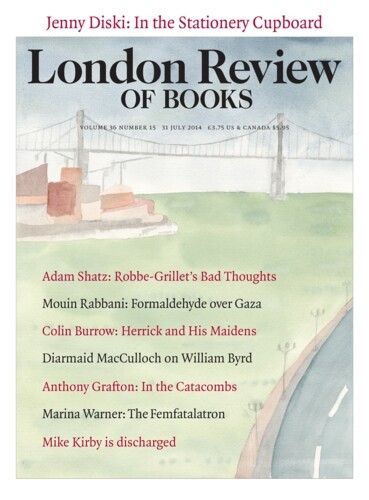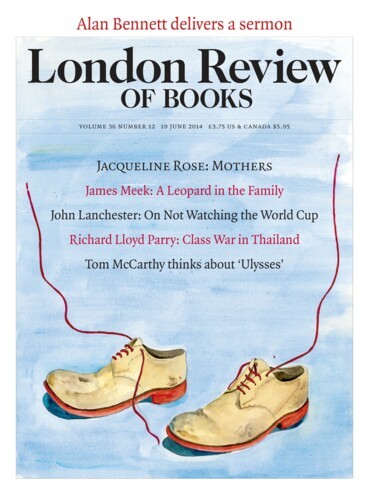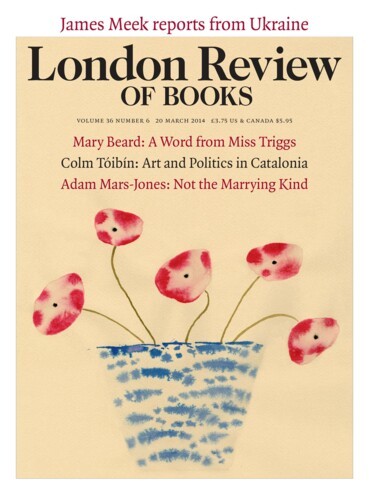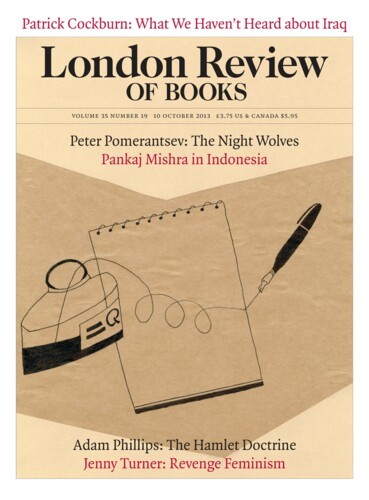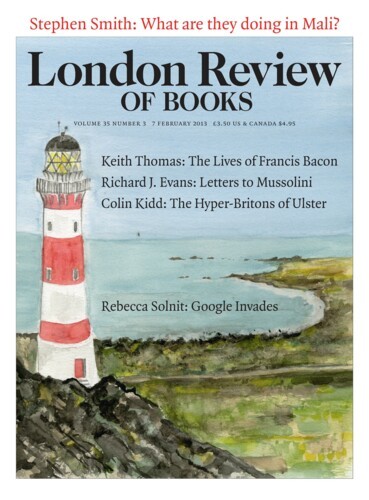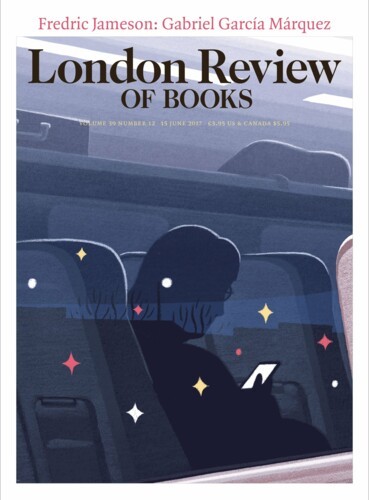At the Whitney: Jeff Koons
Hal Foster, 31 July 2014
Modern art was born into a market economy, and by the early 20th century it could no longer ignore its commodity status. While some artists sought to escape this condition through abstraction, say, others worked to underscore it with the readymade, an everyday product they simply nominated as an artwork. In its first incarnation, with Dada, this device was taken to be critical of the...
